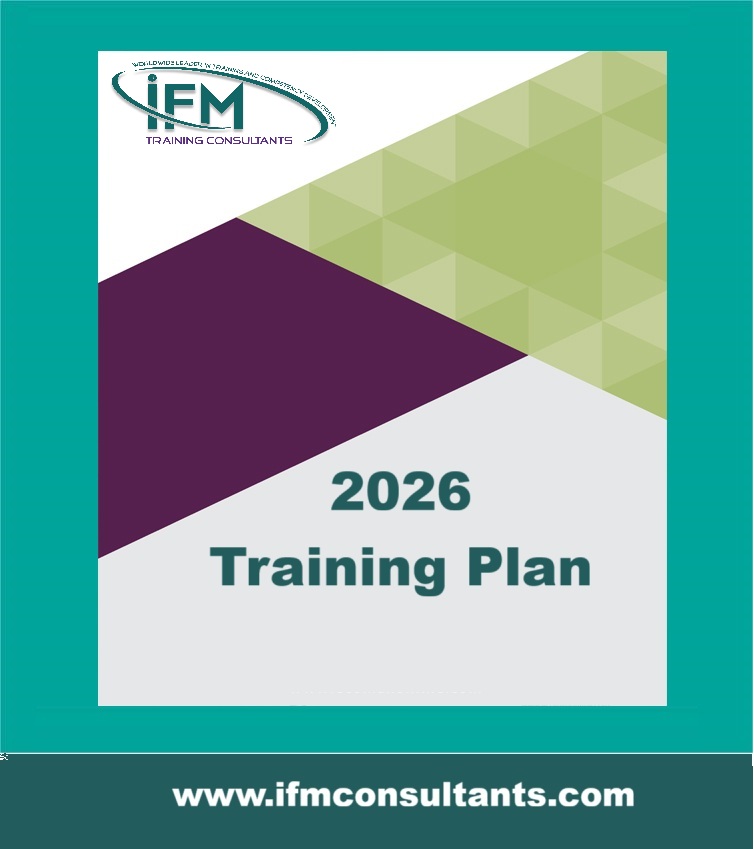Assessment of Risk to Health from Chemical Substances
| Start Date | End Date | Venue | Fees (US $) | ||
|---|---|---|---|---|---|
| Assessment of Risk to Health from Chemical Substances | 23 Nov 2025 | 27 Nov 2025 | Istanbul, Turkey | $ 4,500 | Register |

Assessment of Risk to Health from Chemical Substances
| Start Date | End Date | Venue | Fees (US $) | |
|---|---|---|---|---|
| Assessment of Risk to Health from Chemical Substances | 23 Nov 2025 | 27 Nov 2025 | Istanbul, Turkey | $ 4,500 |
Introduction
Exposure to chemicals is one of the most common hazards in occupational settings. Where individuals are exposed to chemical substances at work risk assessments are required for compliance with the European Control of Substances Hazardous to Health (COSHH Regulations). Workplace risk assessment reports are required to demonstrate to regulators, auditors and management how conclusions on risks to individuals are arrived at and the justification of control measures for their management.
This program provides a practical approach to conducting risk assessments demonstrating how reliable occupational health & hygiene data should be collected and used to make decisions on health risks from chemical substances.
Objectives
- Focus on four key elements; how to measure exposure levels, how to select control measures, how to assess the performance of control used and how to assess effect on health. Examples of controls measures for chemical substances include ventilation systems, personal protective equipment and administrative controls
- Delegates will learn techniques for measuring exposure and how to assess whether the exposure data is reliable for making decisions on health risks
- The delegates will be able to advise on the development of industry wide chemical risk assessment programs and the data requirements
- The delegates will also be able to review and develop policies on control methods within industry and systems for monitoring their performance
- The delegates will also learn how information on exposure and the performance of control measures should be used when assessing health risks
- The program will be practically based with examples from different industrial workplace scenarios and how organizations can demonstrate and justify their decisions on managing risks to health from working with chemical substances
Training Methodology
The training methodology is interactive with group exercises and is suitable for all employees involved in functions management. The pace and level of the training workshop is customized to the understanding of the delegates. Ongoing back-up and support is available after the training on request to the supplier, and the training course is also available for in-house presentation as well as for “Competency Transfer”
Who Should Attend?
- Personnel who have responsibilities for conducting, overseeing or developing workplace risk assessments programs in occupational health and hygiene
- This includes engineers, occupational hygienists, safety practitioners and occupational physicians. Individuals whose work involves; either measuring occupational exposure data, assessing control measures or risk to health will benefit from this program
- The program is designed to demonstrate how the different experts can contribute to developing an industry wide risk assessment program
Course Outline
Monitoring Exposure - Theory and Practice
- Terminology
- Legal requirements for monitoring exposure
- Principles of air monitoring and biological monitoring
- How to plan for monitoring and designing exposure surveys
- Instrumentation and techniques for measuring exposure level
- Biological monitoring
- Sample analysis
Interpretation and use of exposure data
- Basic calculations – exercise
- Making sense of exposure data
- Air exposure standards
- Writing reports and presentation of results
- Assessing risk from chemicals
- Assessment of engineering controls
- Need for prevention and control of hazards
- General control hierarchy and good industrial hygiene practice
- Legal requirements
- Ventilation systems types & design features
- Maintenance and examination
- Measuring performance -instruments, techniques and calculations
- Factor affecting performance
- Record keeping
- Instruments and techniques
Personal Protective Equipment (PPE)
- Legal requirements for use
- Types (respiratory protection, gloves, hearing protectors)
- Selection and applications
- Assessment,
- Storage and maintenance
- Effective use
Health surveillance & Case Studies
- Health surveillance techniques and their effective use
- Management of control systems and checking performance
- Use of data in risk assessment
- Organizational requirements
- Record keeping

















